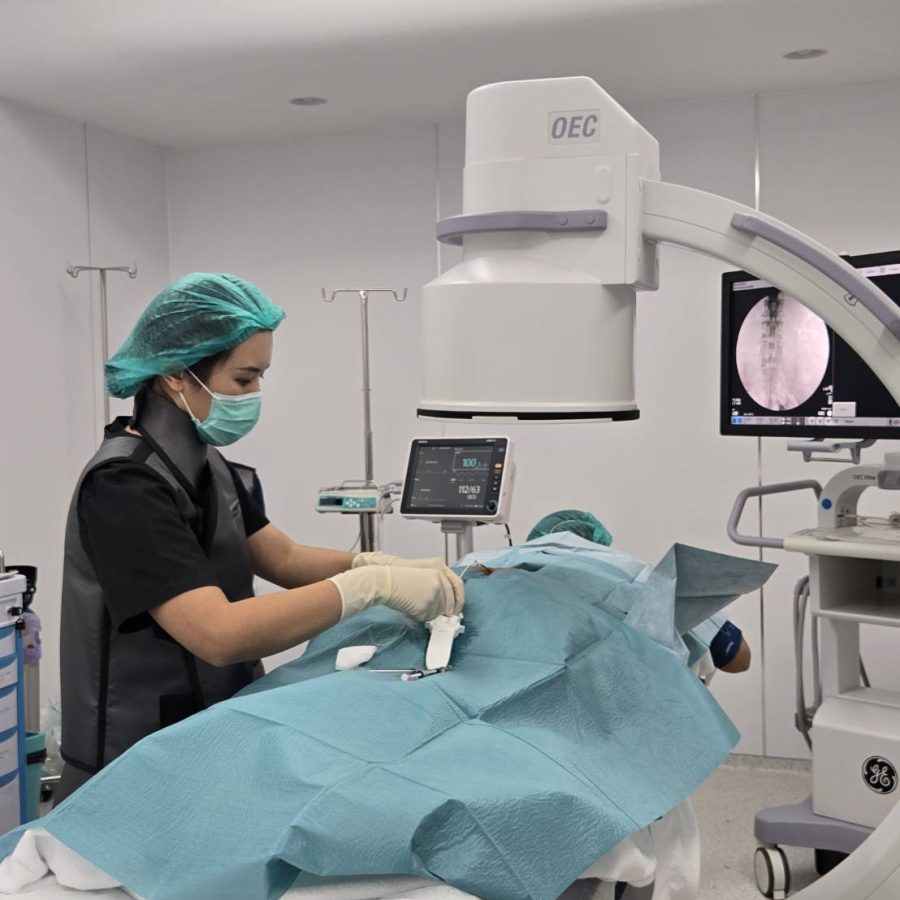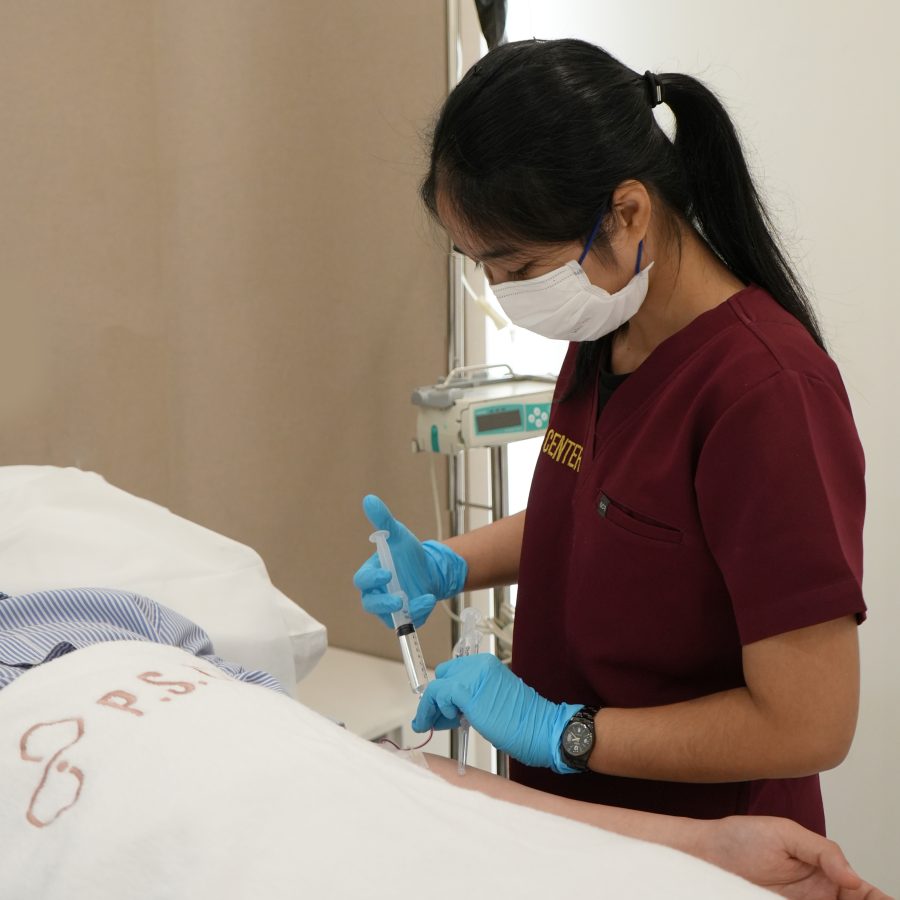” Dealing with persistent lower back or leg pain, especially after surgery? A caudal ESI may be the solution you need. Here’s everything you should know. “
What Is Caudal ESI?
A caudal ESI is a minimally invasive procedure where corticosteroids and local anesthetic are injected into the epidural space at the base of the spine. The goal is to reduce inflammation, alleviate pain, and improve mobility, particularly for conditions affecting the lower back, legs, or the sacral region.
Who Can Benefit from a Caudal ESI?
If you have chronic lower back pain, leg pain (radicular pain), or conditions such as sciatica, herniated discs, or spinal stenosis, a caudal ESI might be a suitable option for you. It can help target inflammation and irritation around the nerve roots. It’s especially useful for patients experiencing postsurgical pain following spinal surgery.
What Is the Procedure?
During the procedure, the doctor will use X-ray guidance and contrast dye to locate caudal epidural space at the base of the spine. A combination of local anesthetic and corticosteroids is then injected to reduce inflammation and provide pain relief.
How Long Does the Procedure Take?
The procedure typically takes 15-20 minutes. You will remain awake during the procedure, and it’s done on an outpatient basis.
What Happens During the Procedure?
You’ll lie comfortably on your stomach. The doctor will use X-ray to locate the exact injection site. After the skin is numbed with a local anesthetic, a needle is inserted into the caudal space, and the medication is injected. Mild discomfort is normal, but most patients tolerate the procedure well.
What Results Can You Expect?
You may experience immediate relief from the local anesthetic, confirming that the epidural space is the source of your pain. The steroid medication works over time to reduce inflammation, and pain relief may last from weeks to several months.
What Should You Do After the Procedure?
- Rest for the rest of the day, avoid driving and strenuous physical activity.
- You may resume normal activities the following day, depending on how you feel.
- Mild soreness at the injection site is common but should resolve quickly.
Compiled by;Rarinthorn Choomsai Na Ayuthaya, M.D. Interventional Pain Specialist
Contact us to learn more or to schedule a consultation.
Tel: 02-125-3959, 098-195-0991







